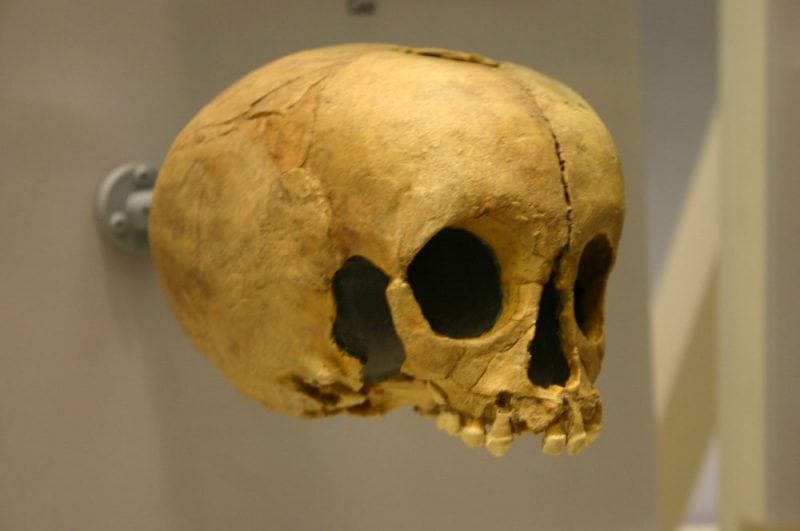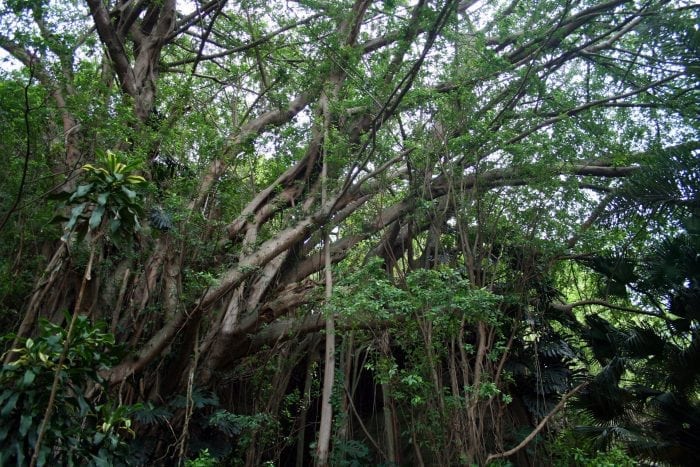Investigating The Geo-economy Influence On The Borders Of China

The geo-economic theory is an interdisciplinary principle that combines geographical, political economic and economic theories. It seeks the greatest benefits for countries by studying the…
Read more










